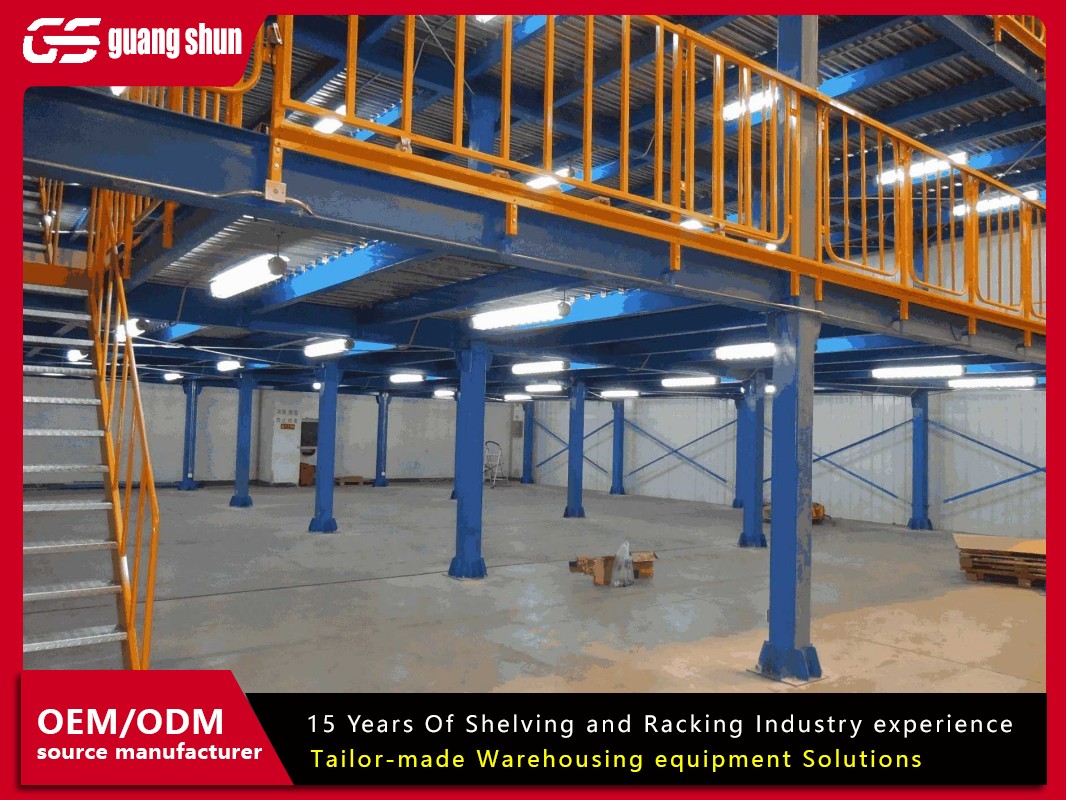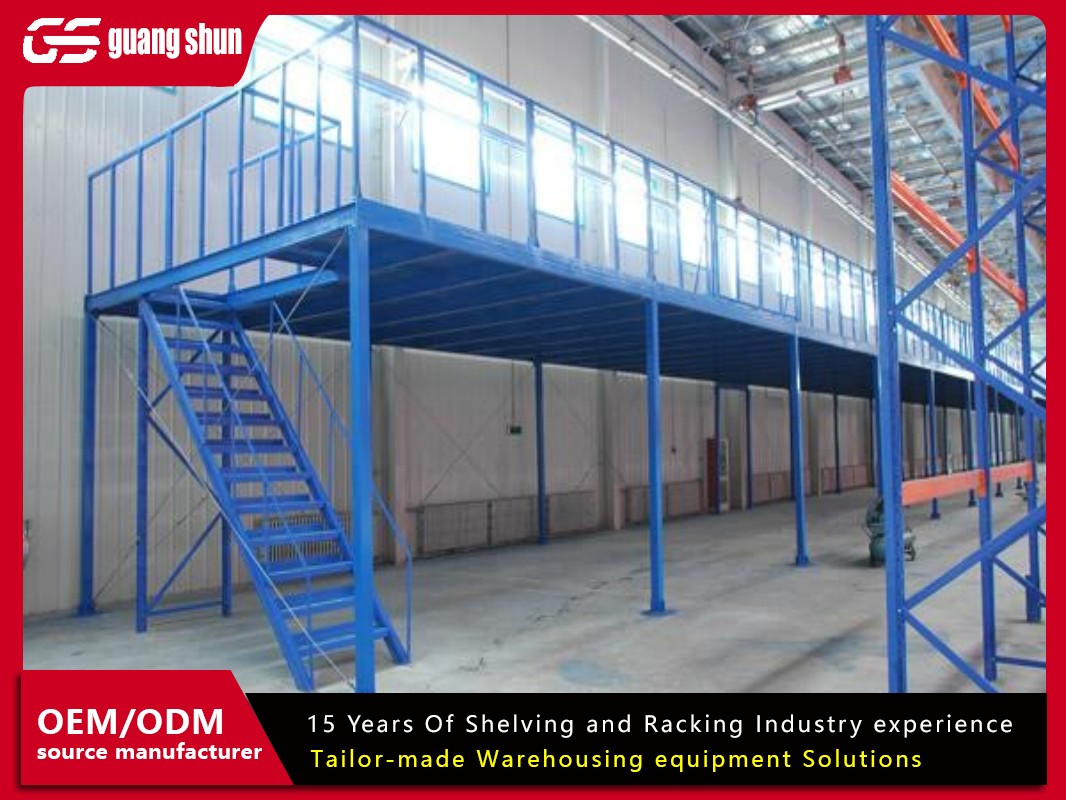steel structure platform is a common structural form in modern high-rise buildings, primarily composed of steel components connected by welding or bolts. These platforms offer advantages such as light weight, high strength, and rapid construction. They effectively share building loads and enhance overall structural stability. In high-rise buildings, steel platforms are often used as transitional floors between floors, as equipment floors, or for special functional areas.
The physical properties of steel determine the advantageous position of steel platforms in high-rise buildings. Steel possesses high tensile and compressive strength, along with good ductility and toughness. It can absorb energy through deformation during natural disasters such as earthquakes, protecting the main structure from damage. The homogeneity of steel also provides a reliable calculation basis for structural design.

The design of a steel platform begins with the accurate calculation of various loads, including dead loads, live loads, wind loads, and seismic effects. Designers must determine the load combination based on the platform's specific application to ensure the safety of the structure under various operating conditions.
The nodes of a steel structure platform are critical load-bearing points. The design must consider their strength, stiffness, and ductility to ensure they can effectively transmit internal forces. Common node types include rigid, hinged, and semi-rigid connections, and their selection should be based on the actual load conditions.
Although steel itself is non-flammable, it rapidly loses strength at high temperatures. Fire protection design for steel structural mezzanine is crucial. Common fire protection measures include spraying fire-retardant coatings and cladding with fire-resistant panels to ensure the structure maintains sufficient load-bearing capacity in the event of a fire.
Steel structures are prone to corrosion in humid environments, which can affect their service life. Appropriate corrosion protection measures, such as hot-dip galvanizing and coating, should be selected based on environmental conditions. Structural design should avoid areas with accumulated water to reduce the risk of corrosion.

With the advancement of metallurgical technology, a variety of new steels with high strength, high toughness, and excellent weather resistance are emerging. The use of these materials can further reduce the weight of the structure, improve seismic performance, and expand the application range of steel structure platforms.
Future steel structure platforms will place greater emphasis on modular and standardized design. By combining prefabricated modules, construction efficiency can be significantly improved, project costs can be reduced, and quality can be guaranteed.
The application of steel structure platforms in high-rise buildings reflects the advancement of modern construction technology. With advances in materials science, computing technology, and construction techniques, steel structure platforms will continue to optimize safety, cost-effectiveness, and environmental performance, providing more reliable and efficient structural solutions for high-rise buildings. Architects and engineers need to continuously learn and master new technologies to fully leverage the advantages of steel structure platforms and create more high-quality high-rise buildings.
 Wechat
Wechat
 Whatsapp
Whatsapp